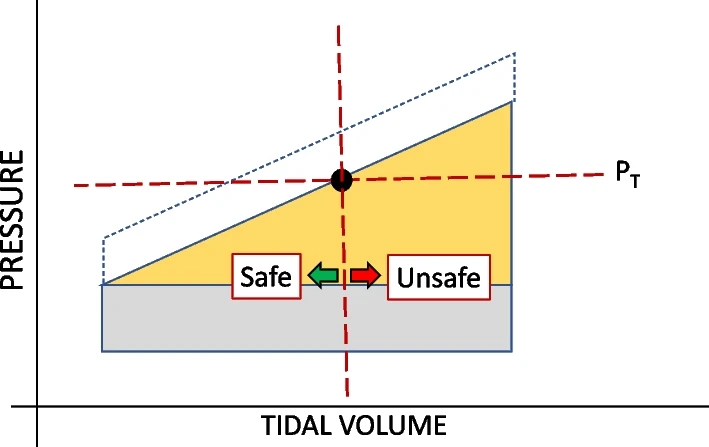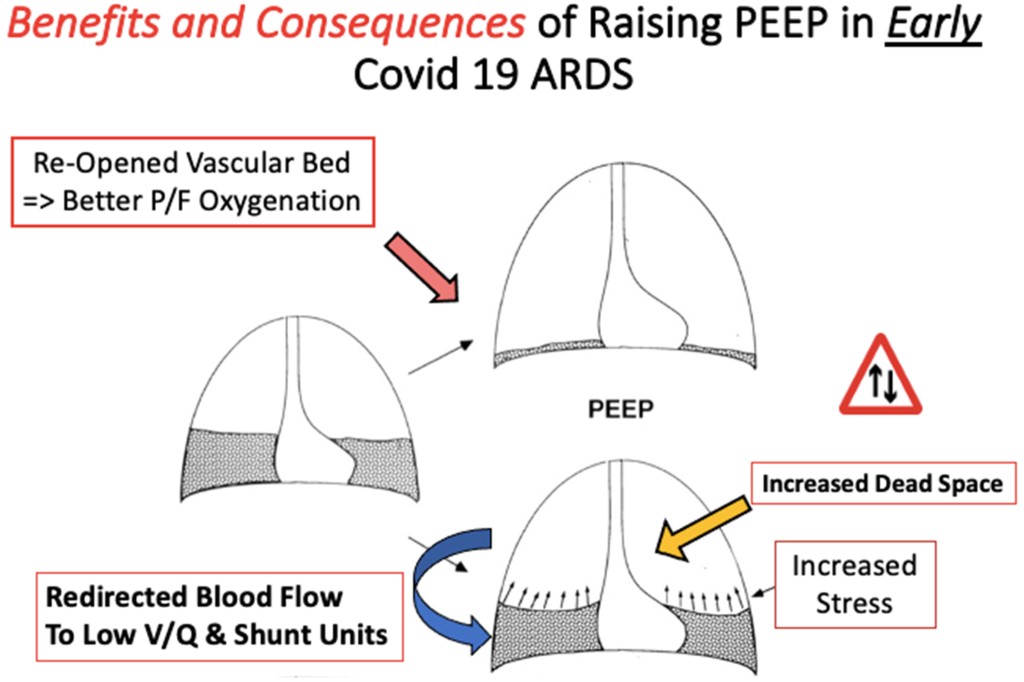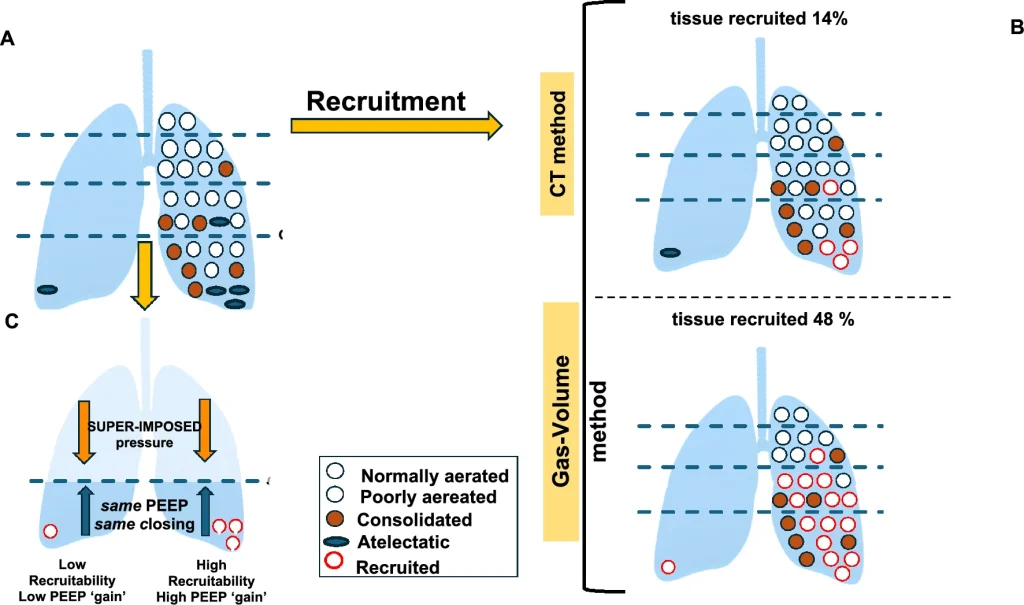Neonatal encephalopathy due to suspected hypoxic ischemic encephalopathy: pathophysiology, current, and emerging treatments
Abstract Background Neonatal encephalopathy (NE) due to suspected hypoxic-ischemic encephalopathy (HIE), referred to as NESHIE, is a clinical diagnosis in late preterm and term newborns. It occurs as a result of impaired cerebral blood flow and oxygen delivery during the peripartum period and is used until other causes of NE have been discounted and HIE […]








